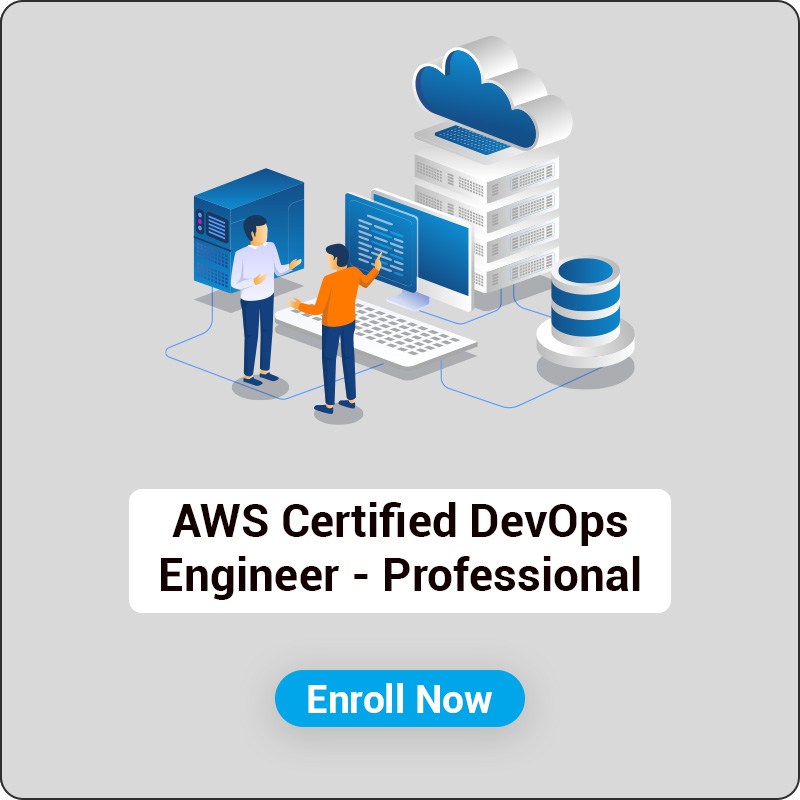AWS Cloud Practitioner Certification Training Course
Virtual Classroom
Training
Training
Practice Questions
on LMS
on LMS
Guaranteed to
Run Batches
Run Batches
Experienced
Instructors
Instructors
Exam
Simulation
Simulation
Post-Training
Support
Support
Virtual Classroom
Training
Training
Practice Questions
on LMS
on LMS
Guaranteed to
Run Batches
Run Batches
Experienced
Instructors
Instructors
Exam
Simulation
Simulation
Post-Training
Support
Support
AWS Cloud Practitioner
$599
$750
i
-
✓
AWS Exam Voucheri
-
✓
Official Training Material
-
✓
Official eBook By AWS
-
✓
LMS Access
-
✓
Video Recorded Sessioni
-
✓
Instructor-Led Virtual Classroom Training
-
✓
1 Year K-Prime Warrantyi
Target Audience
Pre-Requisites
Exam Information
FAQ
This course is intended for:
✓ Sales
✓ Legal
✓ Marketing
✓ Business analysts
✓ Project managers
✓ AWS Academy students
✓ Other IT-related professionals
✓ No mandatory prerequisites.
✓ You can take this exam without any prior IT or cloud experience.
✓ Duration: 90 Minutes
✓ Number of Questions: 65 (Multiple Choice)
✓ Open book: No
✓ Electronic equipment allowed: No
✓ Level: Fundamental
✓ Languages: English, Japanese, Korean, Simplified Chinese, Traditional Chinese, Bahasa (Indonesian), Spanish (Spain), Spanish (Latin America), French (France), German, Italian, and
Learning On-Demand
Corporate Training Solutions
Advance your career with Knowlathon’s Live Instructor-Led/Classroom Training, designed for professionals who prefer interactive and structured learning.
Gain practical insights, real-time engagement, and expert guidance to confidently clear certification.
✓ 1 day Live Training by Certified Experts.
✓ Interactive Sessions with Real-Time Q&A & Case Studies.
✓ Comprehensive Study Material + Post-Session Recordings.
✓ Learner Support to Guide You Every Step.
Learn at your own pace with Knowlathon’s On-Demand Training Programs - ideal for busy professionals who need flexibility without compromising quality.
✓ Comprehensive Learning Material Featuring Real-World Business Scenarios.
✓ Study Training Material + Exam Voucher.
✓ Access to Self-Paced Resources (for On-Demand Learners)
✓ Learner Support from Our Expert Team.
Learn at your own pace with Knowlathon’s On-Demand Training Programs - ideal for busy professionals who need flexibility without compromising quality.
✓ Comprehensive Learning Material Featuring Real-World Business Scenarios.
✓ Study Training Material + Exam Voucher.
✓ Access to Self-Paced Resources (for On-Demand Learners)
✓ Learner Support from Our Expert Team.
Frequently Asked Questions
🔹What is the AWS Certified Cloud Practitioner certification?
+
This is a beginner-level AWS certification that covers the basics of cloud computing and core AWS services. It’s perfect for non-technical professionals (like sales, marketing, finance, or management) and anyone new to cloud, even without an IT background.
🔹What are the benefits of earning this certification?
+
Builds a strong foundation in AWS Cloud concepts, Boosts your credibility in cloud-related roles, even if you're not technical, Helps prepare for advanced AWS certifications like Solutions Architect or SysOps, Valuable for career switchers entering the cloud or tech space
🔹Do I need technical experience to take this exam?
+
No prior IT or coding experience is required. The certification is designed for absolute beginners who want to understand how AWS works.
🔹How long is the AWS Cloud Practitioner certification valid?
+
The certification is valid for 3 years. You can recertify by retaking the current version of the exam or moving to a more advanced AWS certification.









.jpg)

.jpg)
-compressed.jpg)


-compressed.jpg)

-compressed.jpg)
-compressed.jpg)


